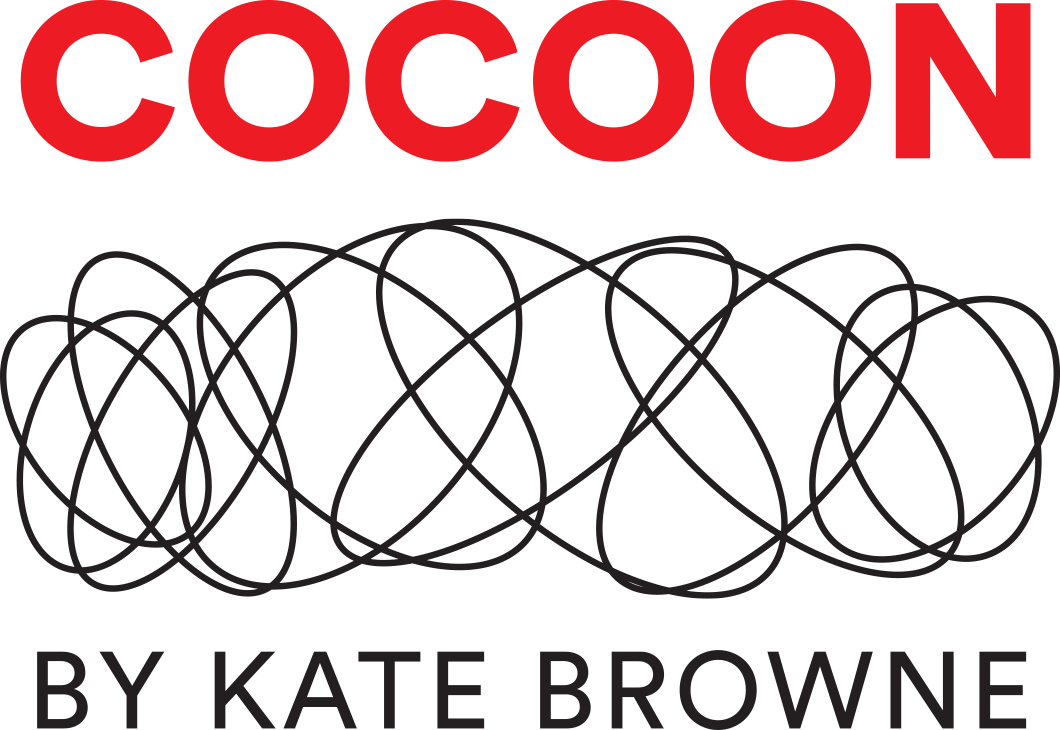About
Mexico City 2010
COCOON is a series of public space sculptures I’m building at sites around the world that have traumatic histories and conflicting narratives.
The first Cocoon was created in the Tlatelolco neighborhood of Mexico City in 2010, in the plaza where the Aztec lost their final battle against the Spanish, and where in 1968 government forces massacred a still-unknown number of people at a democracy protest.
Later that year I built a COCOON in Greenwood, a small town in the Mississippi Delta that was a cotton capital both before and after the Civil War, and the scene of intense Civil Rights organizing during 1960s. In 2012, I created a COCOON in the state’s capital, Jackson, in the Mississippi Museum of Art’s new public art garden that sits on the site of a former bus station where Freedom Riders were arrested in 1961.
Personal Cocoon made by a Goutte d'or, Paris, resident.
In all the locations I collaborate with local people who, in addition to building the large COCOON, also create a little cocoon from the everyday things that they might find in their purse or pocket. I interview and record each participant about what their cocoon represents. Their recorded testimony is heard inside the finished sculpture.
COCOON culminates when participants carry the skin in a ceremonial procession that starts at a historic location, passes communal memory points, and ends at the COCOON site. There participants wrap the COCOON skeleton with the skin completing the sculpture. That same evening COCOON is illuminated and their voices heard.
For the last two years I have been After two years of field organizing and little cocoon workshops in Goutte d’Or, in which over 400 local people participated, I am now preparing for the artwork’s final phase, the four-week build this fall, and the procession and illumination of the sculpture on October 4, 2014.
The Goutte d’Or is located in the 18th arrondissement, just east of Montmartre. The neighborhood has a long history as a destination for immigrants from North and West African nations. Today the neighborhood is also a waypoint for people traveling without papers, trying to make it from somewhere else, often Eastern Europe, to other places in Europe or the United States. Certain parts of the Goutte d’Or are routinely patrolled by national riot police. As in nearby suburbs, the residents and police sporadically clash in small and occasionally larger confrontations.
